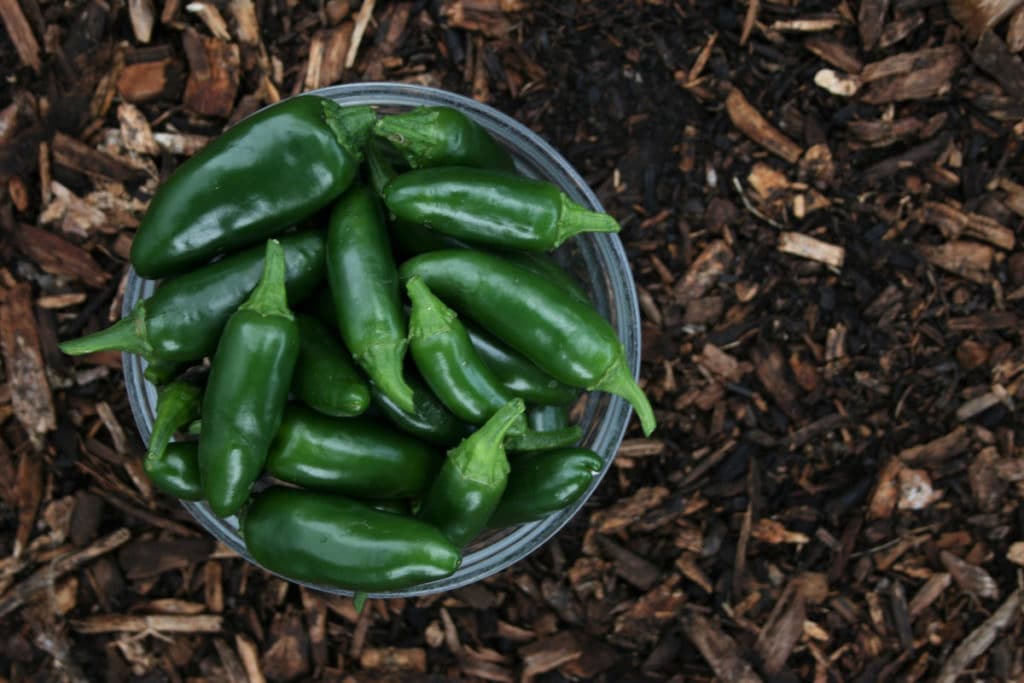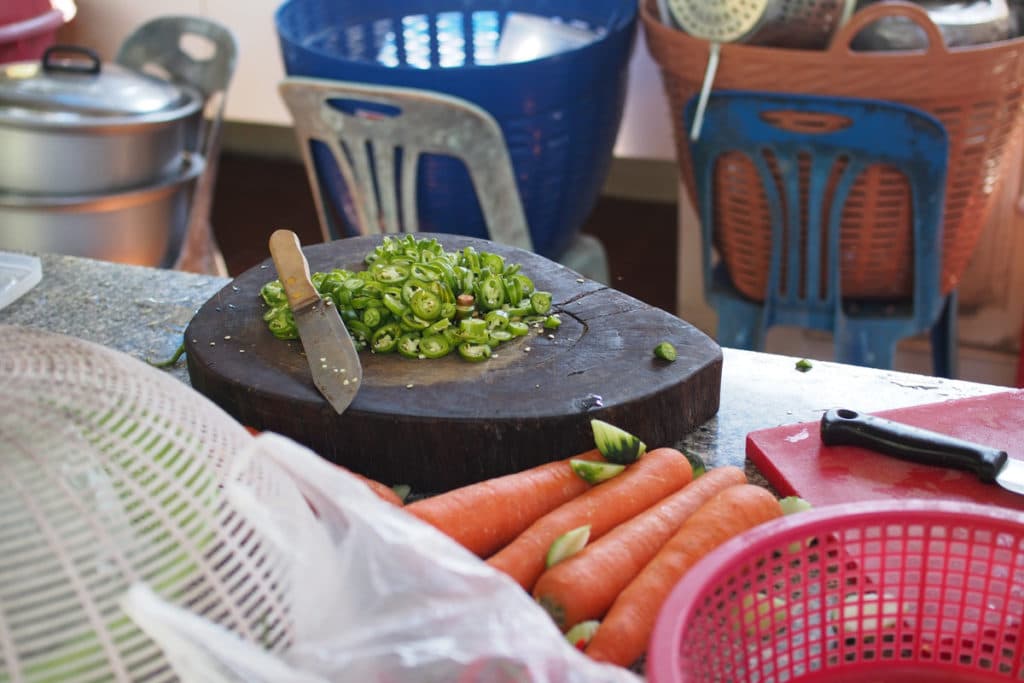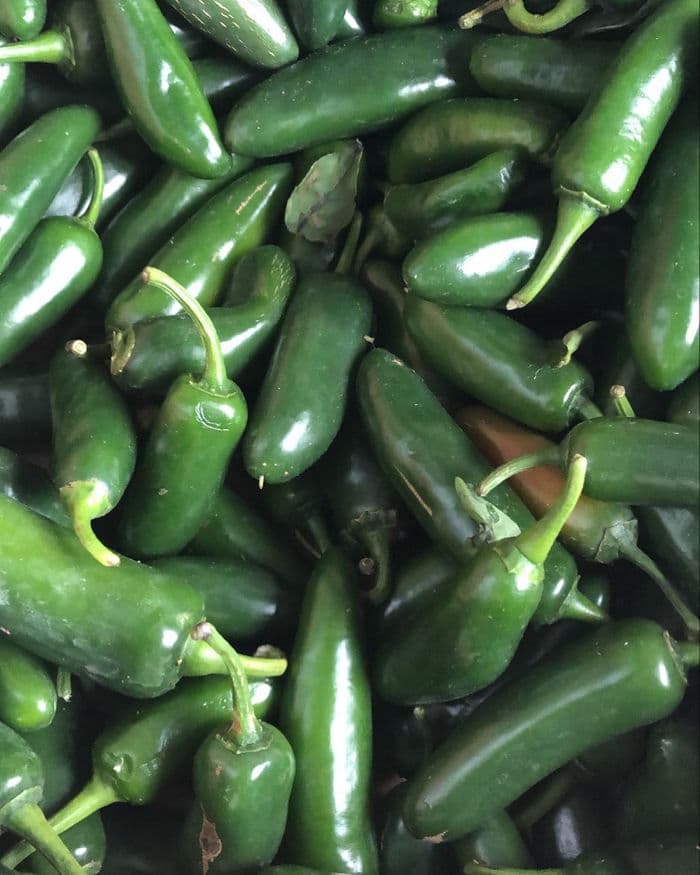
Jalapenos are one of those peppers that enhances and brings the heat to whatever meal you are cooking.
If you stocked up on loads of jalapenos, either they were on sale or you harvested a bunch and you have more than you can use at a given time, how do you go about storing them, is freezing an option?
This article takes an in-depth look at if you can freeze jalapenos and the best way to go about doing it.
Can You Freeze Jalapenos & Should You Be Doing This?

So, can you freeze jalapenos? The answer is, yes.
You will find that this storage method is what is best, as you can store them in the freezer, till you are ready to use them.
Jalapenos stay fresh when frozen and according to stilltasty.com, you can keep them in the freezer for up to 10-12 months.
Should You Freeze Jalapenos?
Freezing jalapenos is a great way to store them and extend their shelf life. The good thing about this method is that you will always have some on hand when you need them, especially since you can keep them for up to a year.
It is important to note that in freezing jalapenos, there might be a change in the texture when thawed out.
The Texture Changes
Jalapenos texture will change when frozen, but the flavor will not be altered.
You can expect the peppers to be a bit softer as opposed to the crisp crunch that many might be used to with ones that are fresh.
How to Freeze Jalapenos? A Step-by-Step Guide

Freezing jalapenos is quite easy and you can either freeze these peppers whole or sliced/diced, depending on how you plan on using them in the future.
A Word of Caution: When handling or prepping jalapenos for storage, The National Center for Home Food Preservation states that:
“Wear plastic or rubber gloves and do not touch your face while handling or cutting hot peppers. If you do not wear gloves, wash hands thoroughly with soap and water before touching your face or eyes.”
Freezing Fresh Jalapenos
- If you have harvested fresh jalapenos from the garden, the best way to freeze them would be to first wash them properly, trim the stems and slice them up.
- Take the slices and place them in a freezer safe bag or container.
- Ideally, it is a good idea to label the bag with the date, just so you have an idea as to how long they have been sitting in the freezer. Remember, jalapenos can be kept for up to a year in the freezer.
The above method works for roasted jalapenos as well
Freezing Bottled/Canned Jalapenos
If you opened a can or bottle of jalapenos and you can also store these in the freezer in the freezer with no problems.
- Take the canned or bottled jalapenos along with the juice they were packaged with and pour into a freezer safe bag or container.
- Before placing in the freezer, write the date on the container/bag, this is so you have an idea as to how long they have been in the freezer.
Note: Technically, you could freeze the bottle of jalapenos, but there is a possibility it could break when frozen. This is why it is important to place it in a bag/container that is designed for freezing food.

Thawing Frozen Jalapenos
Once you are ready to use your jalapenos that are in the freezer, remove them and let them thaw in the refrigerator overnight or at room temperature.
As we indicated earlier, thawed jalapenos will retain its taste, but the texture will be softer than usual.
You can use the thawed pepper as you usually would. If you have dishes that call for jalapenos as an ingredient. You can add them directly into whatever dish you are cooking, without needing to defrost them.
Wrapping it up
Freezing jalapenos is an excellent way to extend their shelf life, especially if you have bought more than you can use at a given time, or had large harvest and wanted to store some for use later.
Jalapenos retain their taste when frozen, they however tend to become a bit soft and mushy when thawed out.
You can use these peppers as you generally use them, once they have been defrosted.